There is a lot of buzz around the president’s infrastructure plan lately. It is clear that everyone wants better infrastructure, regardless to which party an individual may belong. The biggest challenge to getting what everyone wants is funding, and making matters more difficult, the allocation of this funding is another source of disagreement. As a contractor that provides construction services to owners of infrastructure, it is clear that the waterways are suffering the most from lack of investment.
- Environmental
- Marine Construction
- Dam Construction
- Harbor Management
- Railroad

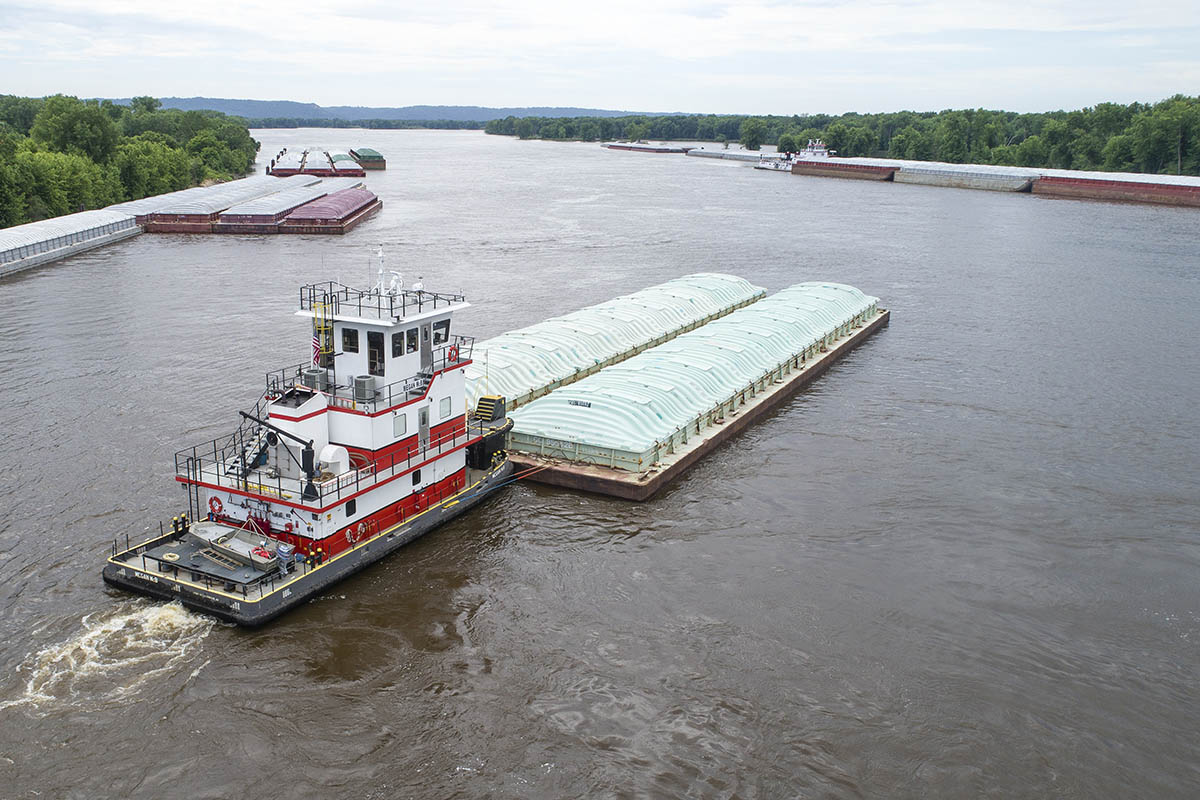
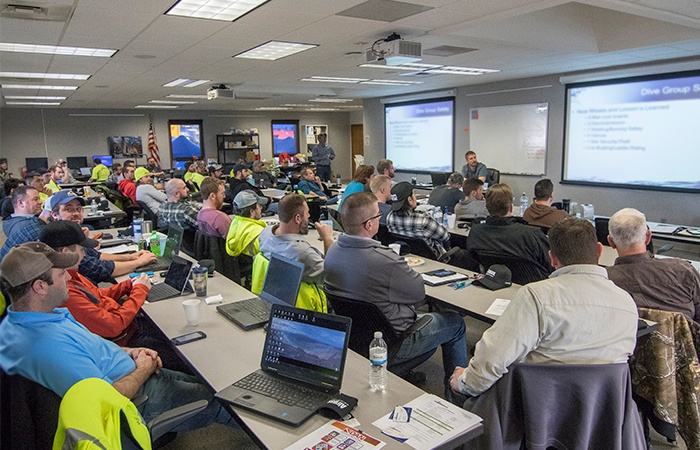

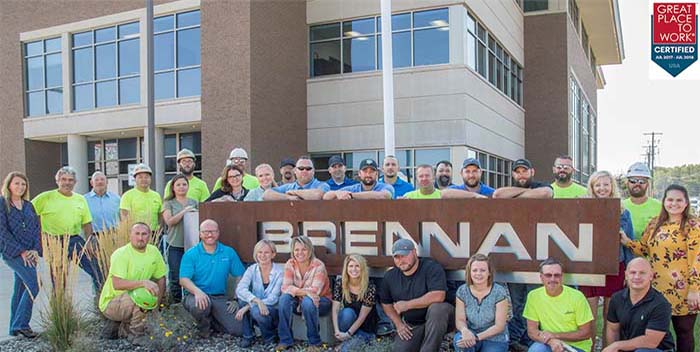


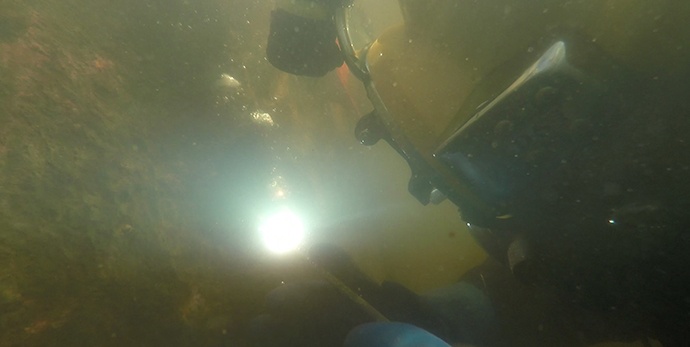
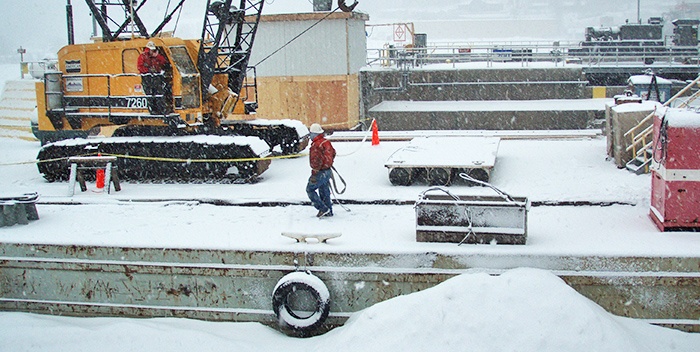
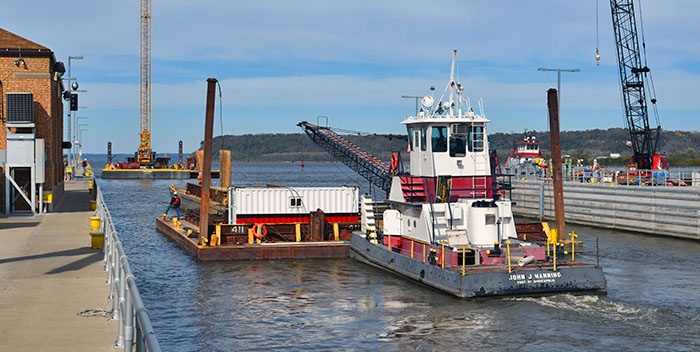
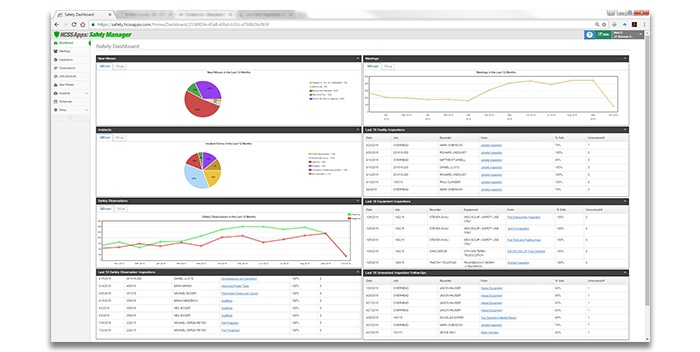
 Newer Posts
Newer Posts
